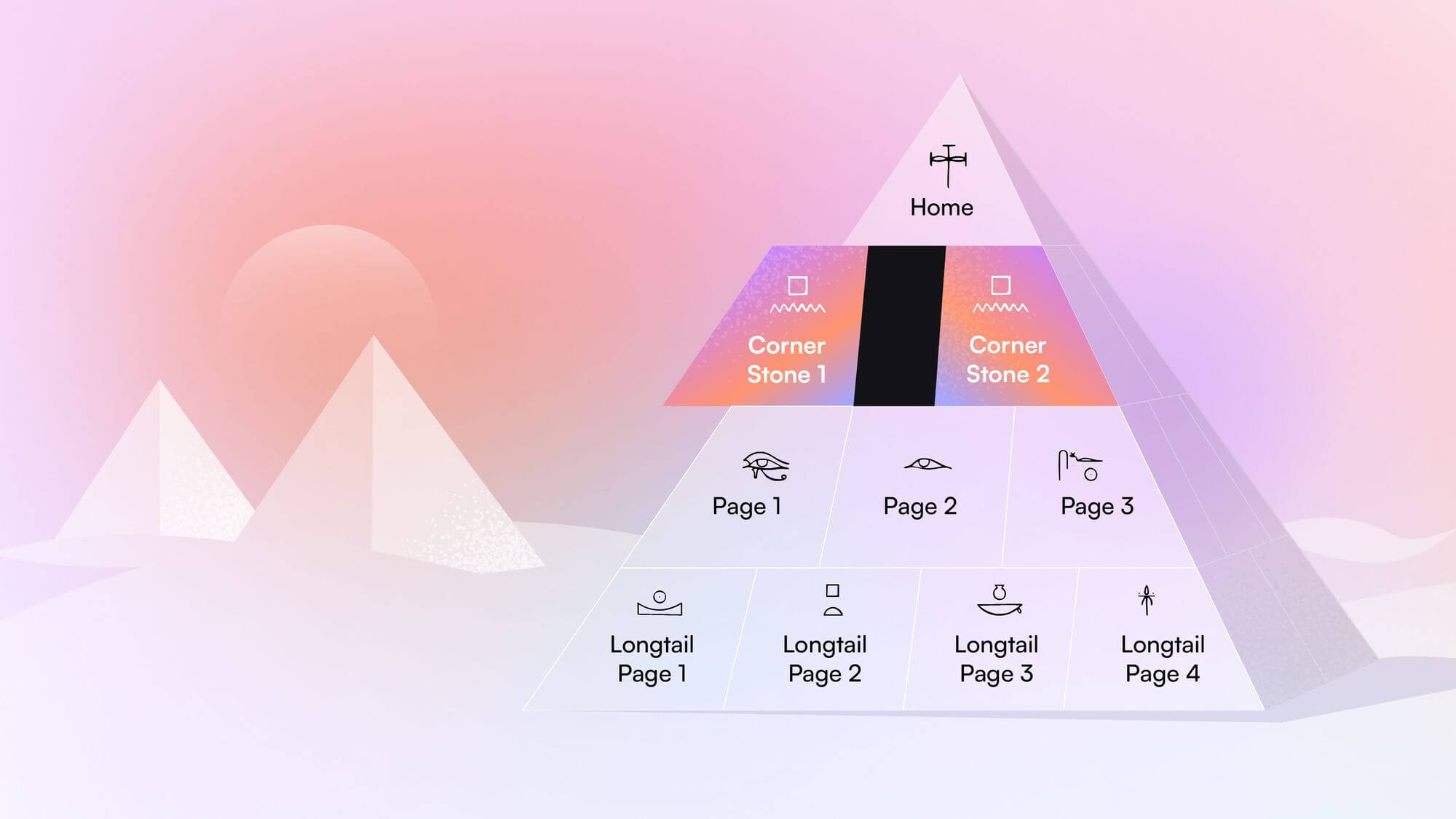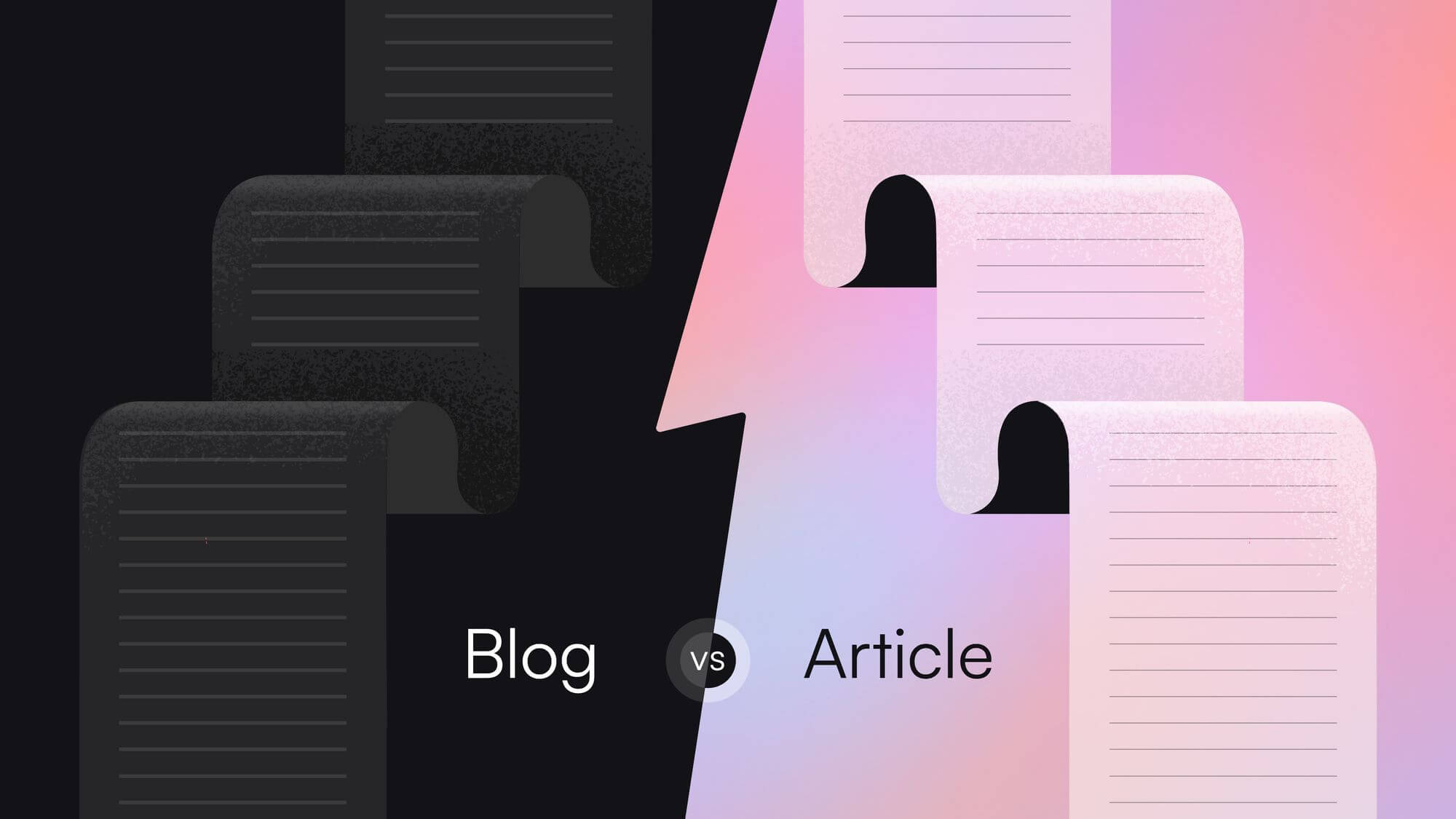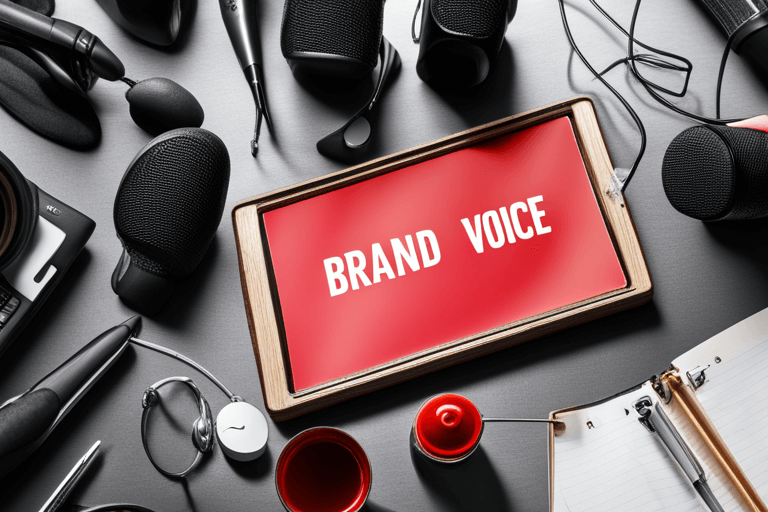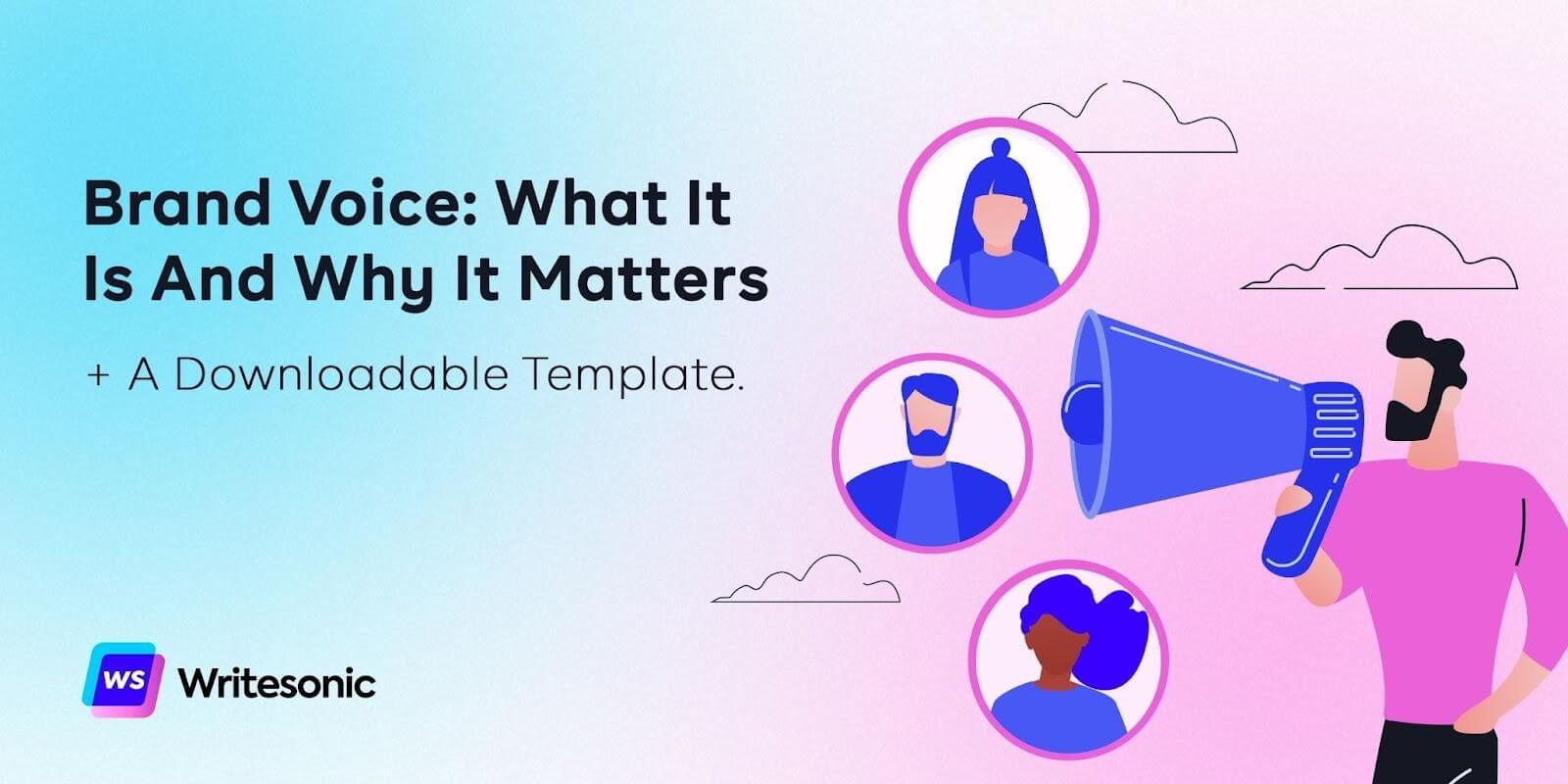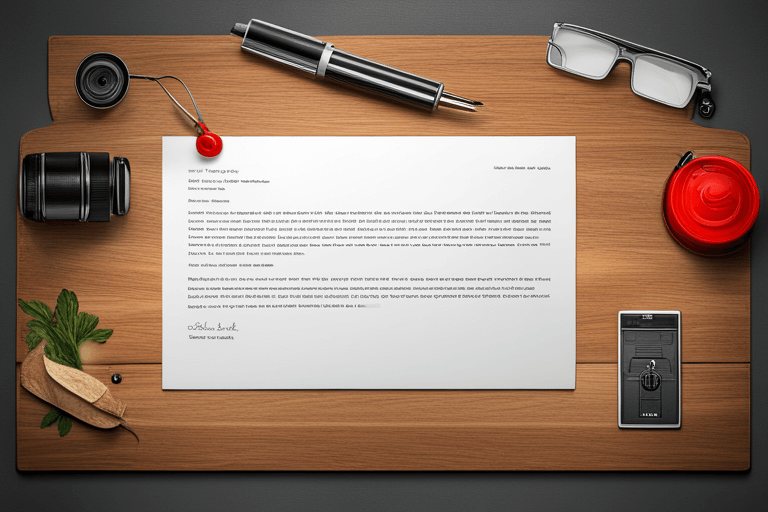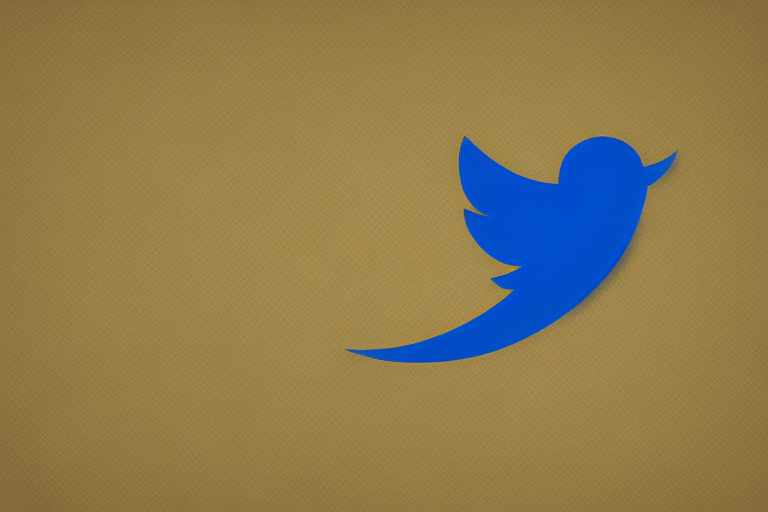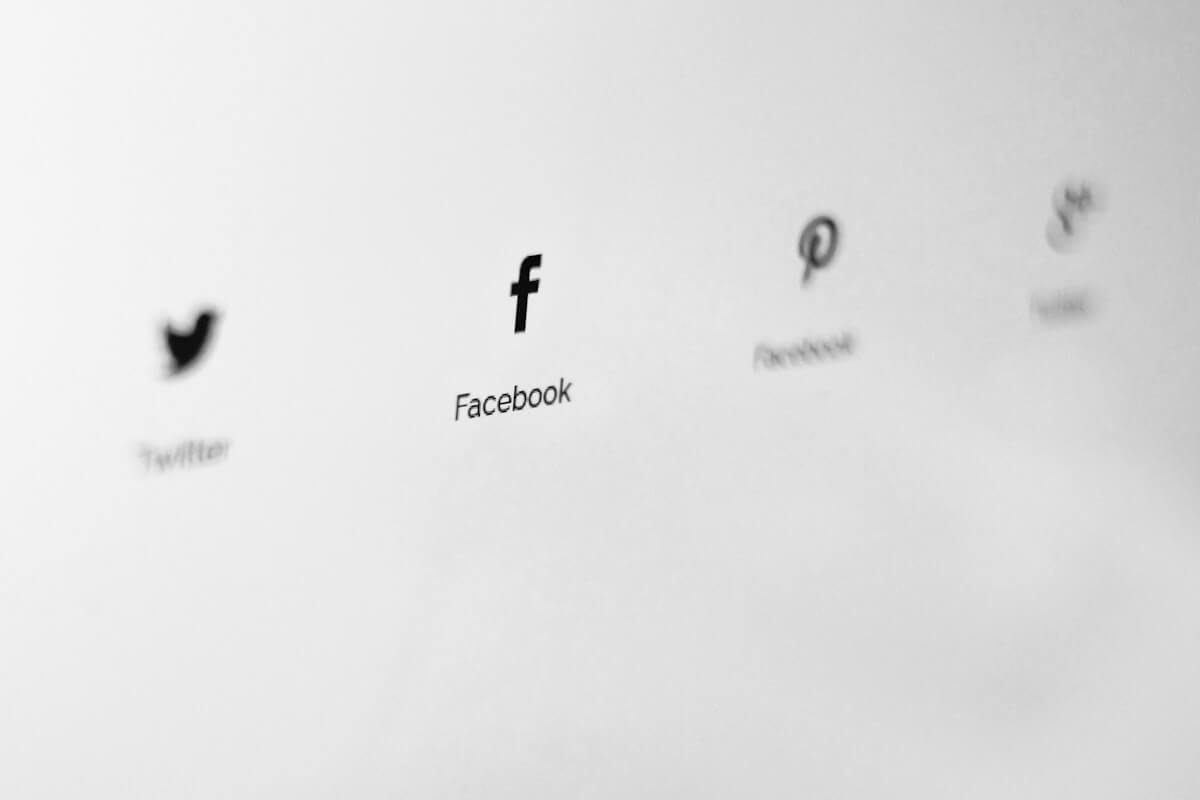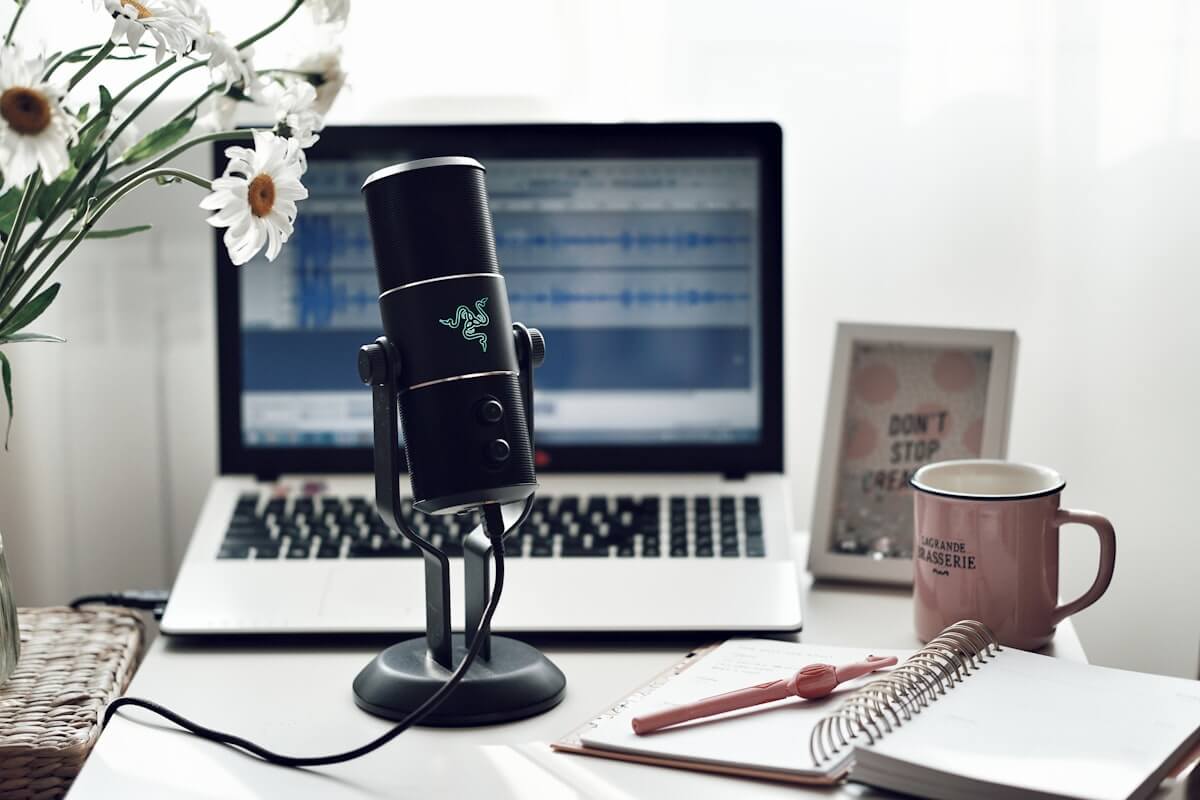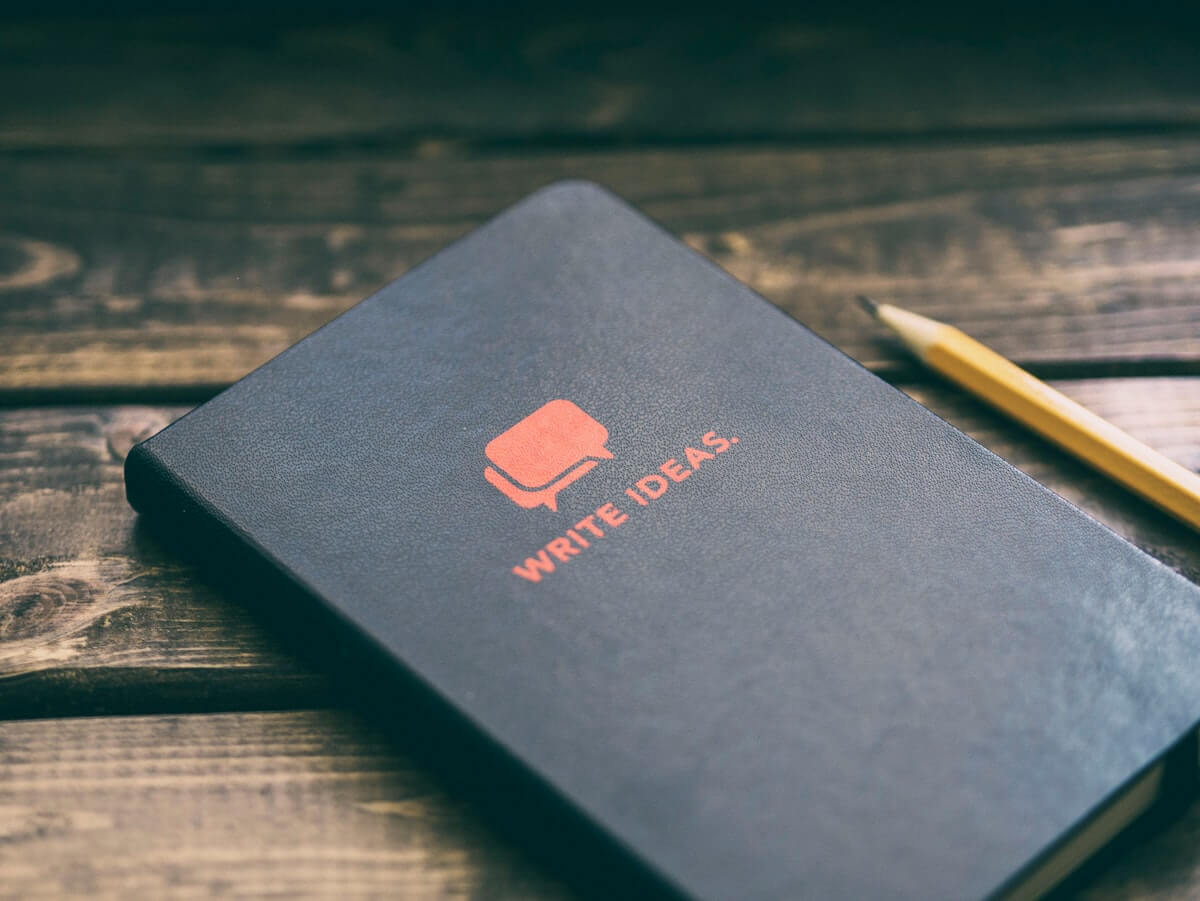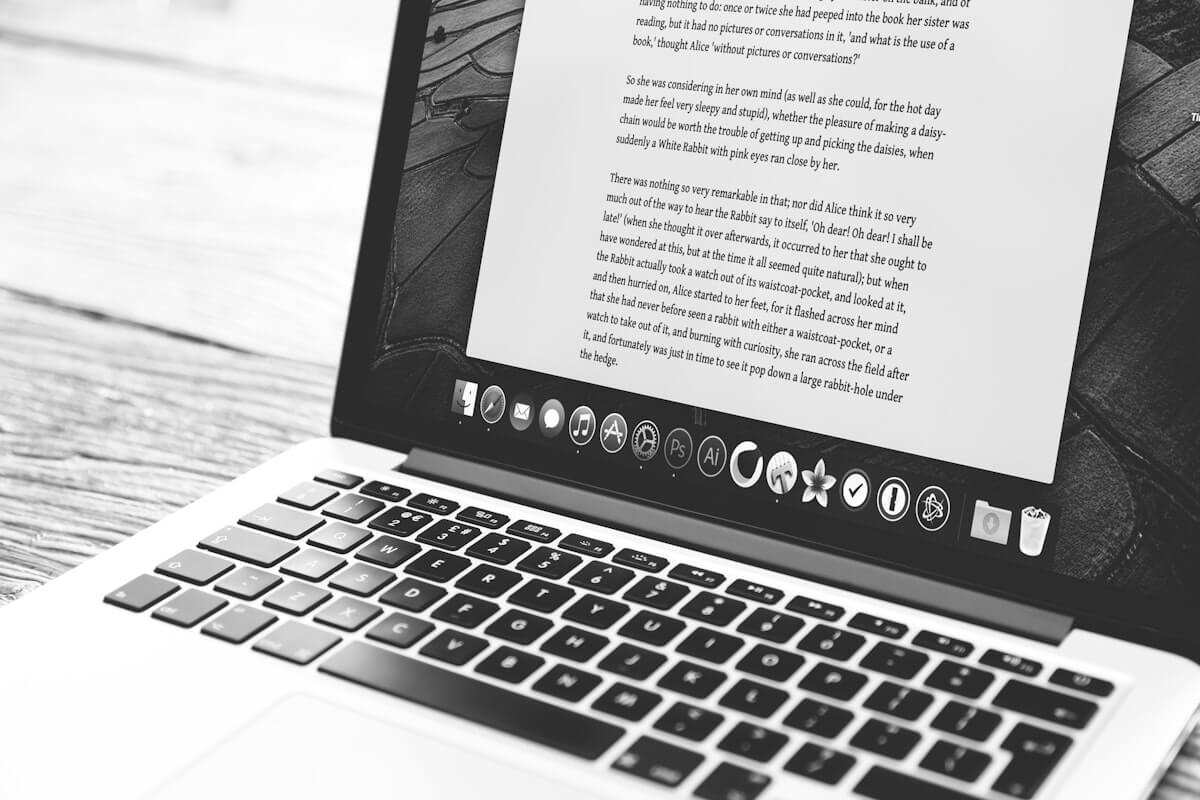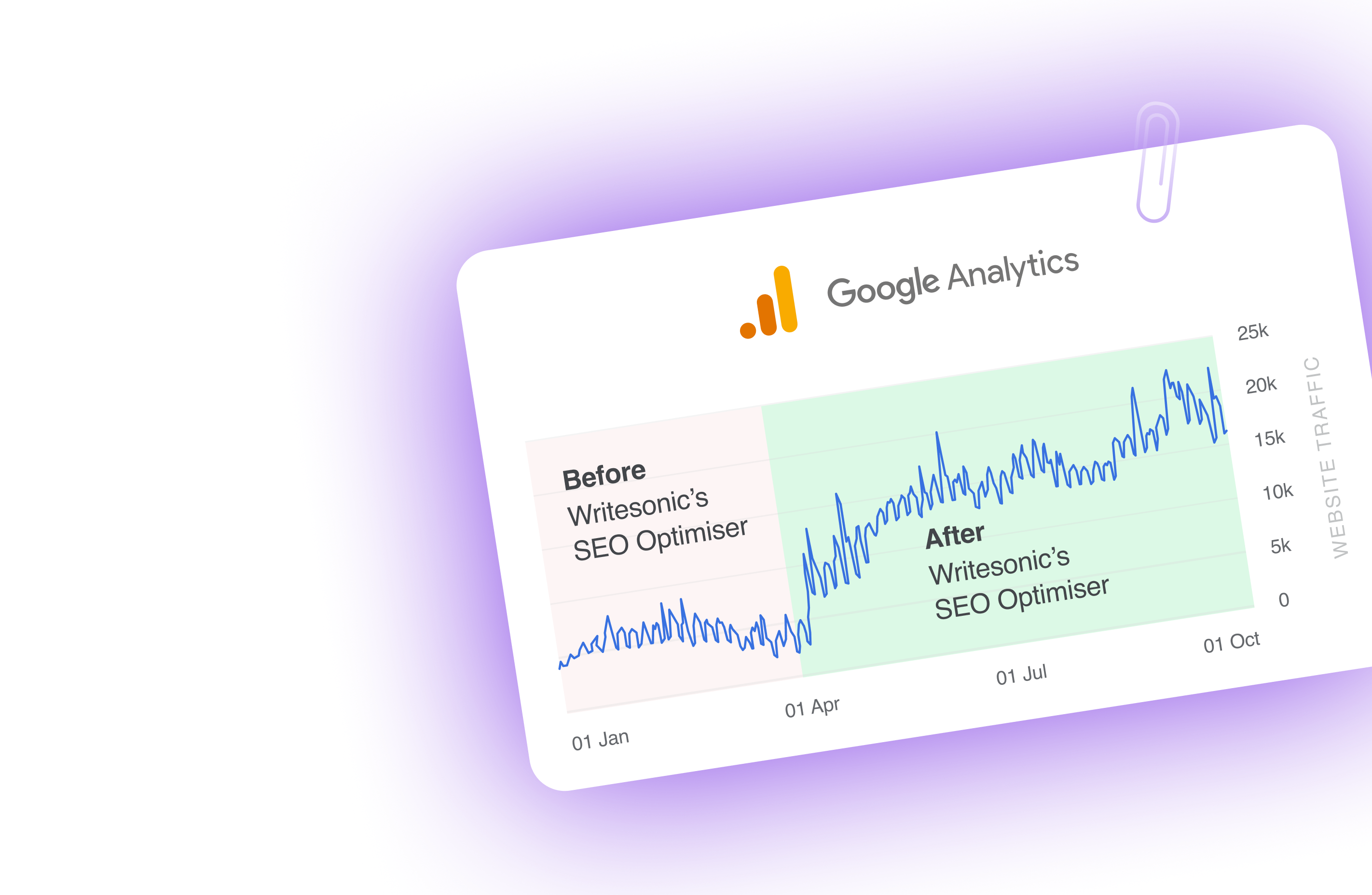One thing that can make or break the message to your audience is ‘Tone’
But how do you define this tone?
It is like the audible inflection in your voice when you speak. It sounds different when you’re excited, irritated, or relaxed.
The same with writing!
According to Nielsen Norman Group, the tone of any piece of content can be analyzed along four dimensions: humor, formality, respectfulness, and enthusiasm.
It is the emotion your words convey and the personality that shines through the text, influencing how your readers perceive and interpret your message. More than the words themselves, the way they are used together, the context they create, and the emotions they stir – sets the tone.
And writing tone matters a lot!
Your writing tone can engage, influence, or persuade your audience. It sets the mood, builds a connection, and drives the desired action. For example, an instructional tone works wonders for a how-to guide, while a friendly, conversational tone fits a casual blog post.
We’ll talk more about the types of writing tones in the following sections of the blog.
If you’re a content writer or a business owner looking to engage with your audience, understanding and mastering tone in writing is a skill you definitely need.
But wait, aren’t ‘tone’ and ‘voice’ the same?
Well, not exactly! Keep reading to understand the difference between the two in content creation.
Tone and Voice: What is the difference?
Like we said earlier, ‘tone‘ and ‘voice‘ are not twins in the content creation world, even though they’re often mistaken as such. They’re more like siblings – related but distinct in their ways.
‘Voice‘ is a brand identity element, that shows your brand’s personality, the consistent character reflected in all your content. It is unique and unchanged – whether you’re writing a blog post, a social media update, or a product description, your brand’s voice should be recognizable.
It’s what makes you ‘you.’ It helps to differentiate your brand and build trust with your audience. It’s your authentic self that your readers can recognize anywhere.
Now, ‘tone,’ on the other hand, is more like the mood or emotion that your content expresses. The flavor in your writing can change depending on the context, audience, and purpose of the piece.
You wouldn’t want to sound too serious in a fun social media challenge post, right? But at the same time, a light-hearted tone might not work in crisis communication.
For example, a professional brand voice can adopt a playful tone for a social media post, a reassuring tone for customer service communications, or an authoritative tone while writing a white paper. The voice remains the same, but the tone changes based on the context.
How do tone and voice work together for a brand?
So, we’ve established that voice and tone, while closely related, serve distinct roles in writing. Now let’s look at how they work together in synergy.
By adjusting the tone, you can express your brand voice in diverse, creative ways that suit the context. This flexibility helps you resonate with different audiences, address varied scenarios, and stay true to your brand’s core personality.
For example, consider Nike. Their brand voice is empowering and inspirational, echoing their tagline “Just Do It.” They consistently use this voice across all platforms. But the tone varies.
In their motivational ads, the tone is determined and encouraging.
Nike – You can’t stop us
They often adopt a more conversational, casual, and sometimes playful tone on social media. However, their inspirational brand voice remains constant.
So, while your brand voice sets you apart, the right tone ensures you strike a chord with your audience.
Now that we’ve laid the groundwork let’s explore some different tones in writing.
10 types of tone in writing
Understanding the different tones in writing is like unlocking a box of colored pencils. Each color or tone gives your content a unique hue, making it more captivating and compelling.
So, let’s explore these colors, or rather, tones, starting with the ‘Formal tone.’
Formal tone
The ‘Formal tone‘ is like the black-tie event of writing styles. It’s dressed up, buttoned down, and uses language in its most polished and professional form. This tone is characterized by complete sentences, precise words, and a clear structure. It avoids contractions (he’ll, she’ll, etc.) and colloquial expressions (wanna, gonna, etc.) and maintains a certain level of detachment.
While it might not be the most emotive or personal style, it is best when authority, respect, and credibility are paramount. Companies frequently employ this tone in the legal, financial, or corporate sectors, where professionalism and authority are key.
Deloitte, a professional consultancy firm, uses a formal tone in its communications. Their language is serious, objective, and impersonal, reflecting the professional nature of their work.
Yet, formal isn’t the only game in town. Sometimes, a more relaxed approach might be the order of the day, which leads us to the ‘Informal tone.’
Informal tone
Now, if the formal tone is the tuxedo of the writing world, then the ‘Informal tone’ is like your favorite pair of jeans – relaxed, comfortable, and perfect for most casual occasions. It is full of contractions, colloquial language, and sometimes, even slang or regional dialects.
The informal tone invites readers in, makes them feel at ease, and allows for a more personal connection. It is as if the brand is sitting across from you at a café, chatting over a cup of coffee.
You’ll often find this tone in blog posts, social media content, or any piece of content where the goal is to connect with the audience on a personal level.
Have you heard of Roxy, a lifestyle brand for women specializing in active wear, especially water sports like swimming and surfboarding?
They use an informal tone on their online store and social media content, making daily personal connections.
And your favorite weekend partner, Netflix, is known for being witty and including pop cultural references in their communications.
An informal tone is great for a relaxed and personal approach, but sometimes, you must go further and persuade your reader.
Persuasive tone
As the name suggests, this tone is all about convincing your reader. It is the seasoned salesperson of the writing world, able to gently (or not so gently) to nudge the reader towards a particular viewpoint or action.
The persuasive tone leverages facts, logical arguments, emotive language, and compelling storytelling to create a strong case.
However, it’s not just about throwing data or impressive adjectives at the reader. It’s about crafting a narrative that makes your point of view irresistible, whether subscribing to a service, buying a product, or endorsing a cause.
This tone is extensively used in B2B sales pitches, promotional emails, advertising, and opinion pieces. It’s a favorite among marketers and salespeople for its ability to guide audiences toward a desired action.
Let’s look at Apple, for example. The sales page for iPhone 14 starts with the word ‘Wonderful’, and as you scroll, it lists out the benefits.
It showcases the device’s unique features and explaining why it’s a ‘must-have.’ Through a combination of aspirational language, clear benefits, and clever storytelling, they persuade consumers that owning an iPhone elevates their lifestyle.
Inspirational tone
A little motivation can go a long way. And that’s where our next tone, the ‘Inspirational tone,’ steps in.
This is the motivational speaker of the writing world, with the power to uplift, encourage, and stimulate action. It’s often characterized by influential words, powerful visuals, and the artful use of narratives that resonate with readers.
The inspirational tone is all about making people feel that they can achieve their goals, overcome challenges, and realize their potential. It’s optimistic, positive, and incredibly effective at evoking a strong emotional response.
You’ll often find this tone in motivational speeches, success stories, quotes, and content that aims to drive positive action. Cause-driven brands like Dove and Nike love this tone because it can motivate people to support their cause.
Dove’s brand voice is empowering and uplifting because it promotes the idea of self-love and body positivity. Their language is gentle, compassionate, and supportive, which helps their audience feel more confident and comfortable in their own skin.
Conversational tone
Imagine sitting down for a chat with a good friend. That’s exactly what the ‘Conversational tone’ in writing feels like. It’s informal, engaging, and personal. This tone breaks down barriers between the writer and the reader, creating a sense of familiarity and rapport.
The conversational tone often uses first and second-person pronouns, rhetorical questions, contractions, and slang or colloquial language.
You’ll find the conversational tone in blog posts, social media updates, email newsletters, or any content piece that aims to engage the audience in a relaxed and friendly manner.
Writesonic, an AI content creation tool, is known for its conversational tone. Their content, be it blog posts, newsletters, or even their product’s interface language, is friendly, approachable, and peppered with light-hearted humor, making content creation feel less intimidating and more accessible. In such cases, even newsletter layout plays an important part in helping convey the messaging across.
Humorous tone
Taking a break from the seriousness, the ‘Humorous tone’ comes on the scene like a breath of fresh air. It is the comedian of the writing world, lightening the mood and making people laugh (or at least smile).
Humor can make content more enjoyable, memorable, and shareable, which can be a big win.
Humor can take many forms in writing – a witty observation, a funny metaphor, a pun, or even a silly joke. But be warned, humor can be tricky and is often subjective. What one person finds hilarious, another might find offensive. Therefore, knowing your audience and using humor appropriately is crucial.
Brands that excel in using a humorous tone often have a young, casual, or playful brand persona. This tone is frequently found in social media posts, blog articles, video scripts, or content where light-heartedness aligns with the brand’s personality.
Old Spice, a men’s grooming brand, is famous for its humorous tone.
From inducing laughs, let’s move to a tone that can induce a raised eyebrow or a smirk – the ‘Sarcastic tone.’
Sarcastic tone
Coming in with a dash of spice, we have the ‘Sarcastic tone’ known for its irony and often biting wit. Sarcasm is a powerful tool in the writer’s toolbox. It can add an unexpected twist, provoke thought, or even cause a chuckle. However, similar to humor, sarcasm is subjective and, if misused, can be negative or offensive.
Sarcasm in writing often presents as saying one thing but implying the opposite, usually in a mocking or critical manner. It’s a tool to make a point, critique, or bring a sense of worldly cynicism to your content.
However, sarcasm is not for every brand. It’s best suited for brands with a bold, outspoken, or unconventional persona. Brands willing to take a stance, be edgy, and ruffle some feathers potentially.
One brand that often uses a sarcastic tone is Cards Against Humanity, a party game for horrible people. Their product descriptions, promotional materials, and FAQs are sarcastic, reflecting their brand’s irreverent and cheeky persona.
Descriptive tone
Setting the stage for an immersive reader experience, we encounter the ‘Descriptive tone’. This tone employs rich detail, vivid imagery, and sensory language to bring stories to life and to help readers visualize the topic at hand.
The descriptive tone is like painting a picture with words. It delves into the nuances, the textures, the colors, and the emotions of a scene or a concept. It’s not just about informing the reader but about transporting them into the narrative.
You’ll often find the descriptive tone in storytelling content, product descriptions, travel blogs, or any piece that aims to evoke strong imagery and emotions in the reader’s mind. Check out our detailed guide on how to write product descriptions.
Airbnb, the online marketplace for lodging, primarily homestays, uses a descriptive tone to bring their listings to life. They highlight the unique features, ambiance, and local experiences of each property, allowing potential guests to envision themselves there.
Didactic tone
Shifting gears from imagination to instruction, the ‘Didactic tone’ steps in as the teacher in writing. This tone is primarily educational, aiming to inform, instruct, or even morally educate the reader. ‘didactic’ comes from the Greek word ‘didaktikos‘, meaning ‘apt at teaching.’
In writing, a didactic tone provides clear instructions, logical arguments, and useful insights. It’s not about persuading or entertaining the reader but imparting knowledge or guiding them through a process.
This tone is prevalent in educational content like how-to guides, tutorials, academic texts, or any piece where the objective is to provide clear, understandable, and valuable knowledge to the reader.
An excellent example of a company using a didactic tone is Khan Academy. Their mission is to provide free, world-class education to anyone, anywhere. Their content, be it videos, articles, or exercises, is filled with a didactic tone, breaking down complex topics into understandable, digestible pieces.
Emotional tone
As we conclude our journey through the different tones in writing, we come to the ‘Emotional tone’. This tone invokes feelings and makes a heart-to-heart connection with the reader. It aims to elicit emotions ranging from happiness, excitement, and inspiration to empathy, sadness, or urgency.
When readers feel, they connect. When they connect, they engage. And engagement often leads to action – sharing the content, signing up for a newsletter, or even purchasing a product.
Emotional tone is used across various content types – from touching stories and motivational speeches to empathetic customer communications and urgent calls to action.
The P&G brand’s ‘Like a girl’ campaign is a very good example of using an emotional tone with normal language.
After this complete tour of writing tones, let’s now examine how brands can transition between different tones for varying purposes and contexts.
Transitioning between two writing tones
Brands, like people, aren’t monotone. They communicate differently depending on the situation, audience, and intent, as we do in our day-to-day interactions.
Successful brands know how to transition between different tones of voice while maintaining their unique brand personality.
But how do they do it?
Let’s look at Apple, for example. Apple’s brand voice is innovative, simple, and human-centric. However, the tone of their product launches is inspirational, focusing on excitement and possibilities.
Contrast this with customer support communication, where they adopt a more helpful, reassuring, and empathetic tone without losing sight of their core brand voice.
Coca-Cola is another master of tone transitions. Known for their upbeat, happy, and inclusive brand voice, Coca-Cola’s ad campaigns often adopt an inspiring and emotional tone to connect with their audience.
However, in their sustainability reports and corporate communication, they switch to a more serious, informative, and committed tone.
These examples show how brands can transition between different tones effectively, depending on the context.
Next, let’s discuss how Writesonic’s Brand Voice feature helps maintain a consistent brand voice and tone.
How to maintain a consistent tone with Writesonic’s Brand Voice feature?
Maintaining a consistent tone that reflects your brand voice can be challenging, especially when multiple people create content for your brand. That’s where Writesonic’s Brand Voice feature comes in.
This AI-powered feature analyzes your existing content and learns your unique brand voice. It then uses this understanding to ensure that all future AI-generated content aligns with your established tone and voice, ensuring consistency across all platforms and media.
Here’s how you can use Writesonic’s Brand Voice feature:
Step 1: Log into your Writesonic account. If you don’t have one, you can sign up in just a few minutes.
Step 2: Now choose the ‘Brand Voice’ option.
Step 3: Click on the ‘Get Started’ button.
Step 4: A pop-up window titled ‘Add brand voice’ will appear. You can add a link, insert some text, or upload a file to let the AI analyze your brand voice. Choose the option that suits you best.
Step 5: After adding links, inserting branded text, or uploading files, click ‘Analyse.’
Step 6: Name your unique voice, and click ‘Create Voice.’
Step 7: That’s it! Your brand voice is now saved in the system. The next time you create content using Writesonic, the AI will automatically align the tone of the content with your unique brand voice.
By utilizing this feature, you can ensure that your brand’s voice remains consistent, enhancing brand recognition and trust among your audience.
You can also instill your brand voice in your customer conversations by building a customized chatbot using the AI-powered chatbot builder, Botsonic.
Joining the Dots: Your Tone Takeaways
Tone and voice are crucial elements of content creation for successful brand communication. Each tone in writing, from formal to emotional, has its unique charm and context of usage. Whether conveying professionalism or generating laughter, the right tone can set the perfect mood for your audience.
However, navigating between tones and ensuring consistency isn’t always easy. It’s like juggling several balls, each representing a different tone while keeping your eyes on the one ball that represents your brand voice.
But with tools like Writesonic, this balancing act becomes significantly easier. The ‘Brand Voice’ feature helps you establish, maintain, and consistently project your unique brand voice across all content.
From blogs to social media posts, you can ensure that your tone resonates with your brand personality, irrespective of the context. The most effective tone is the one that truly reflects your brand and connects with your audience.

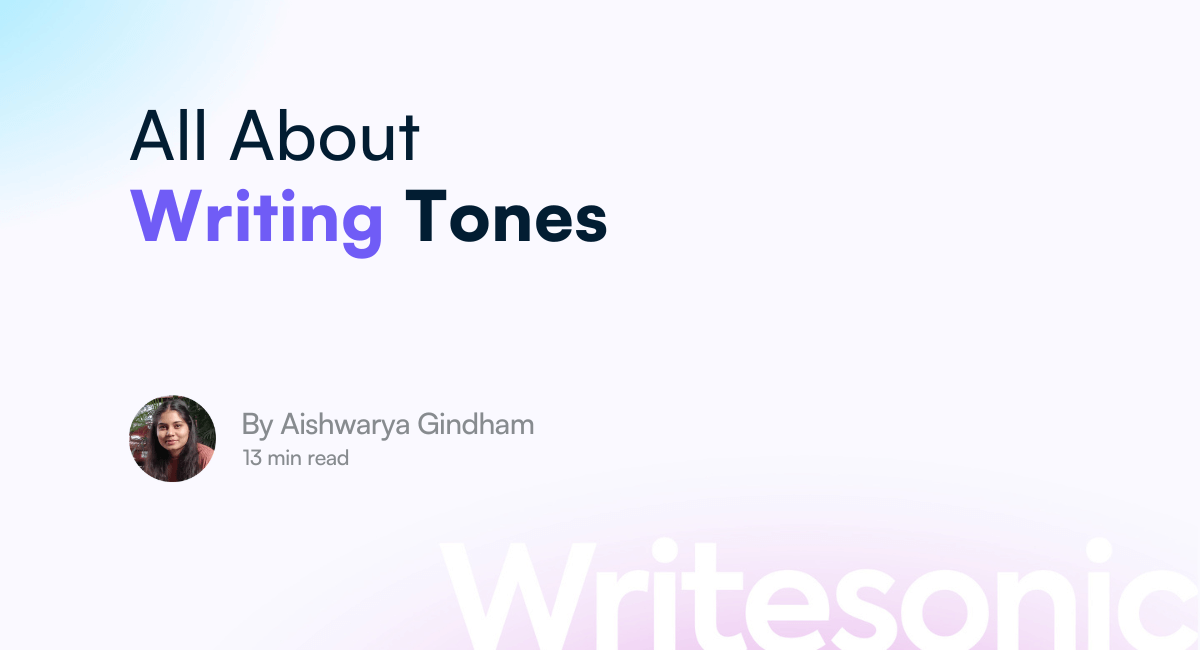




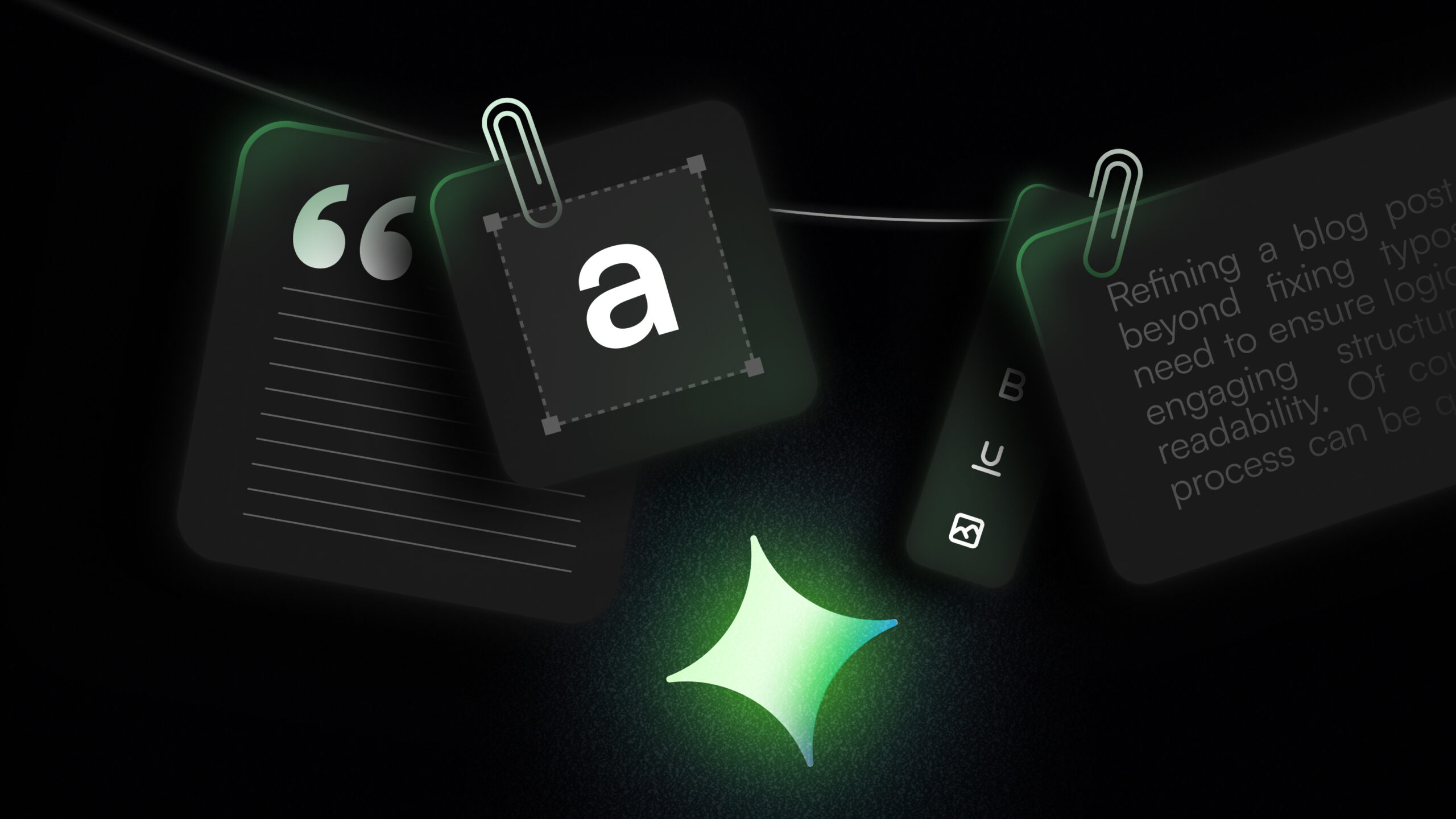
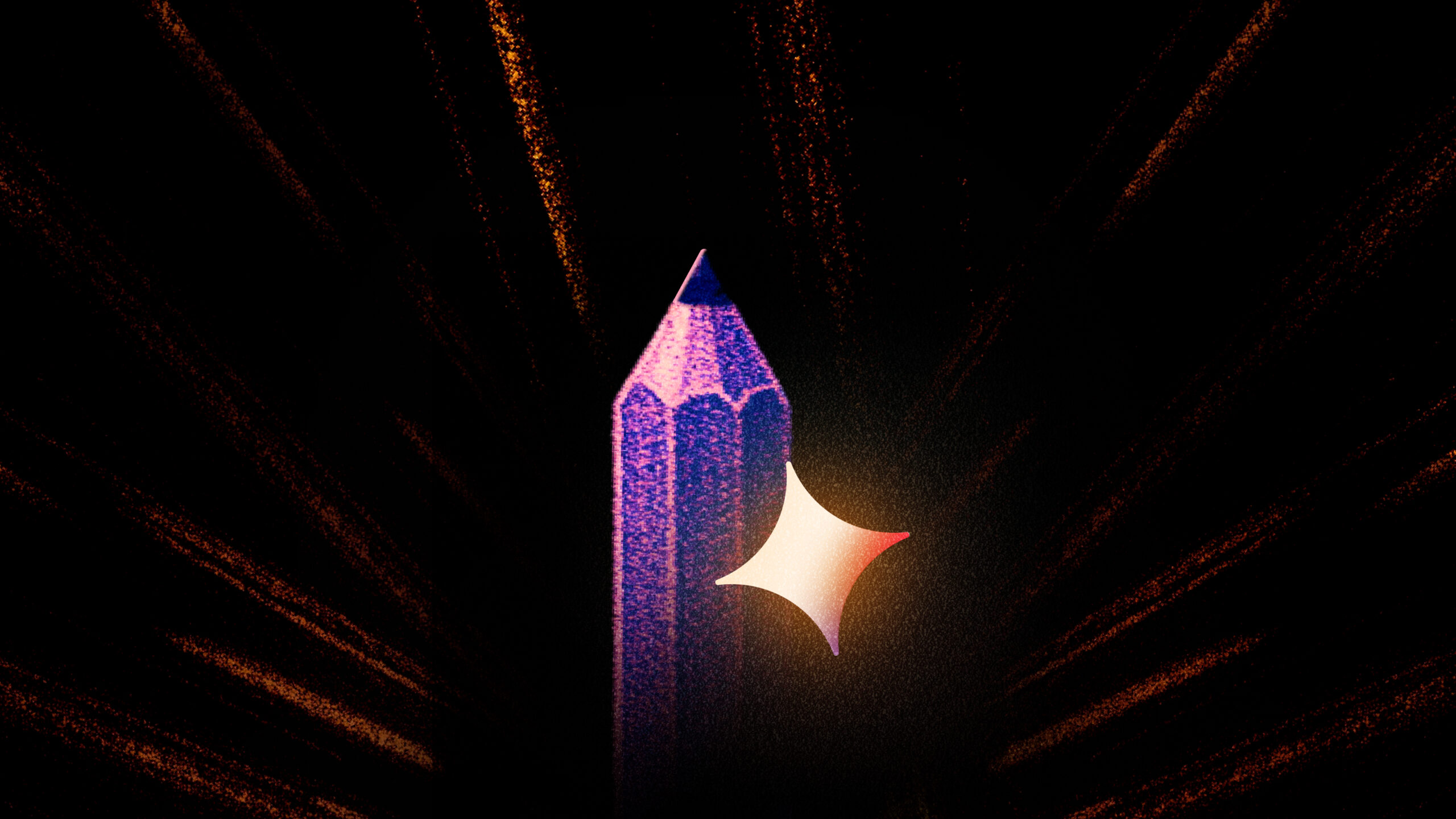
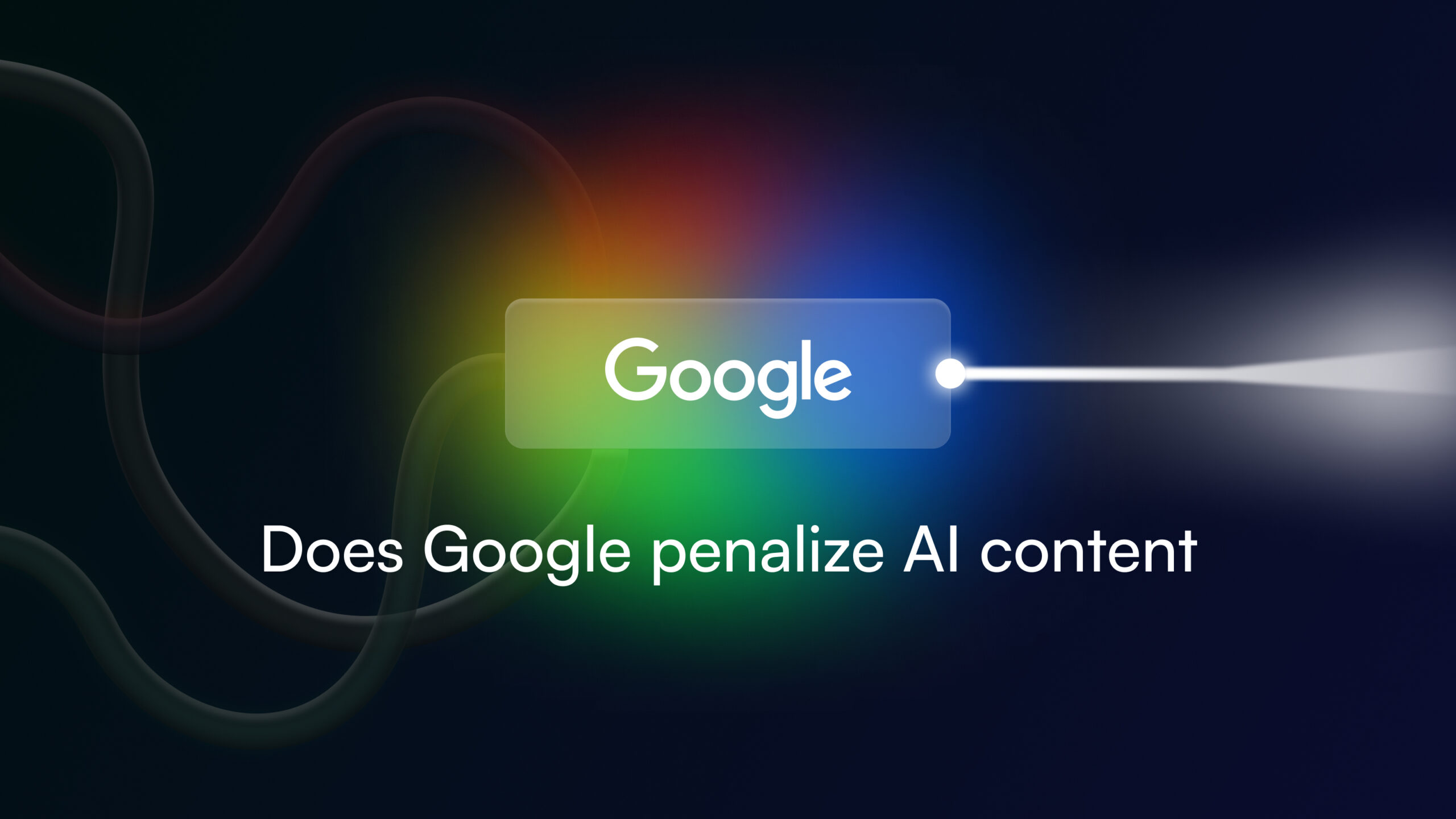

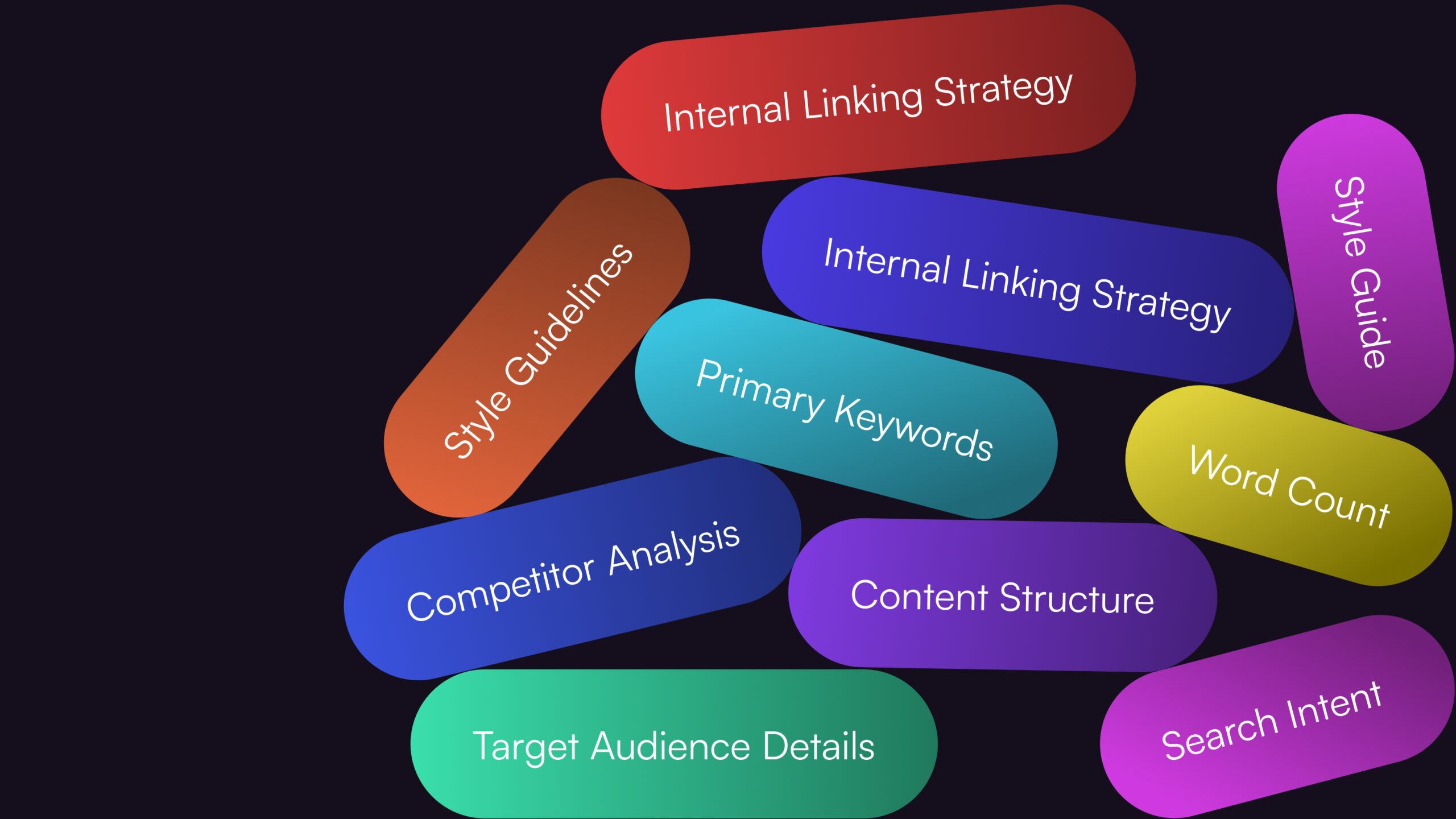



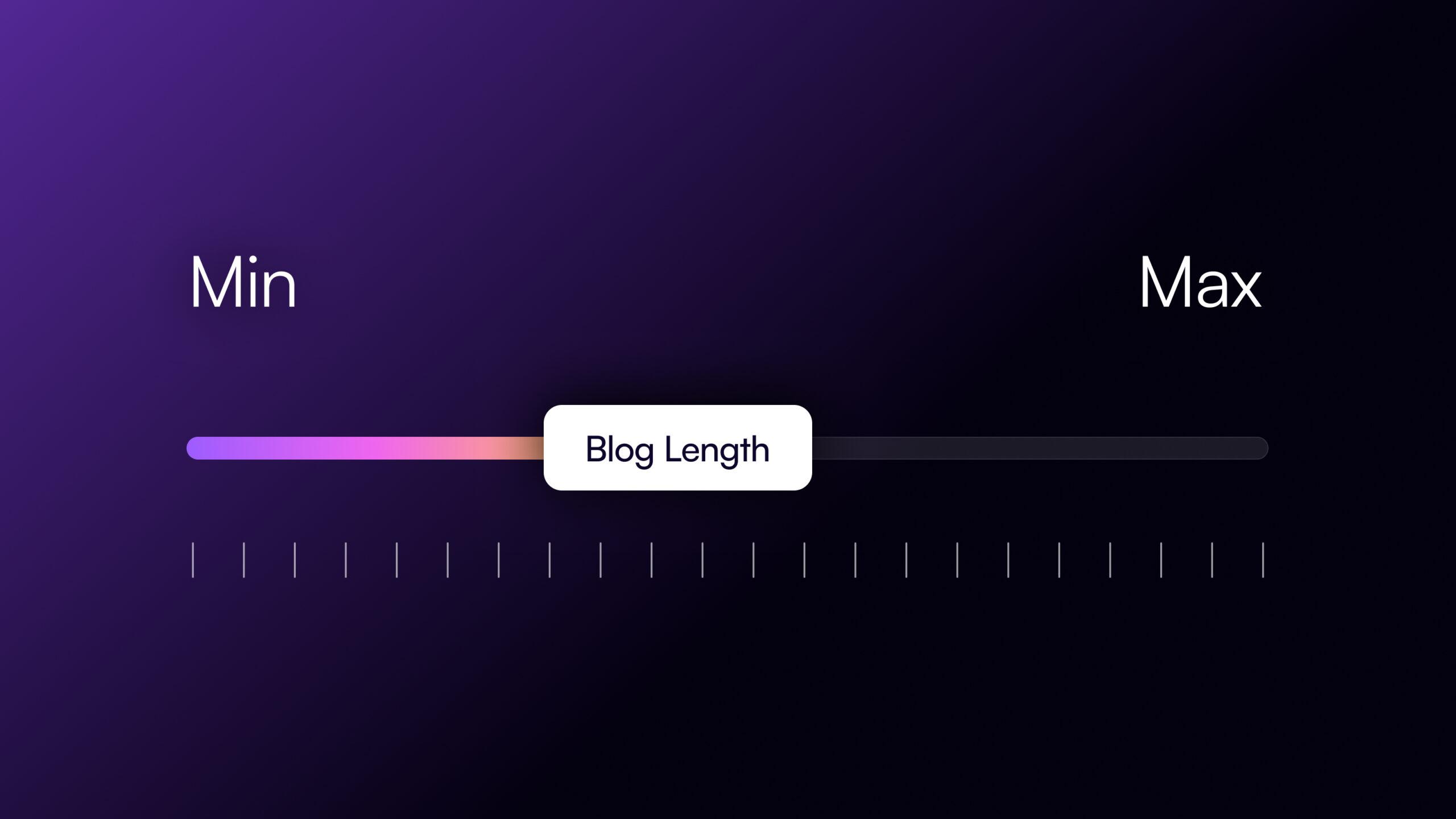
![The 11 Best AI Writing Tools to Try in 2025 [Tried & Tested]](/wp-content/uploads/AI-Writing-tools-For-Business.jpg)
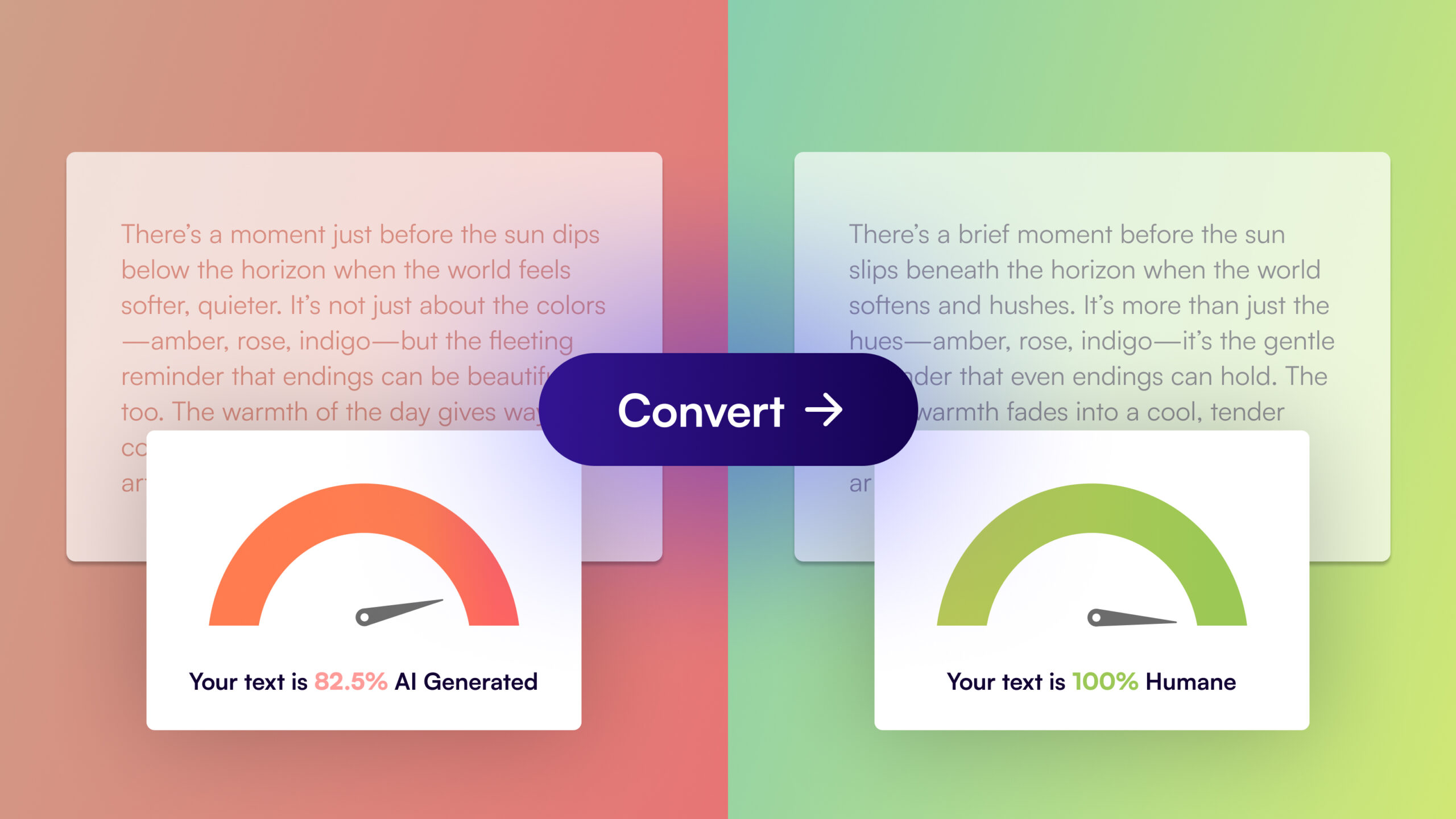
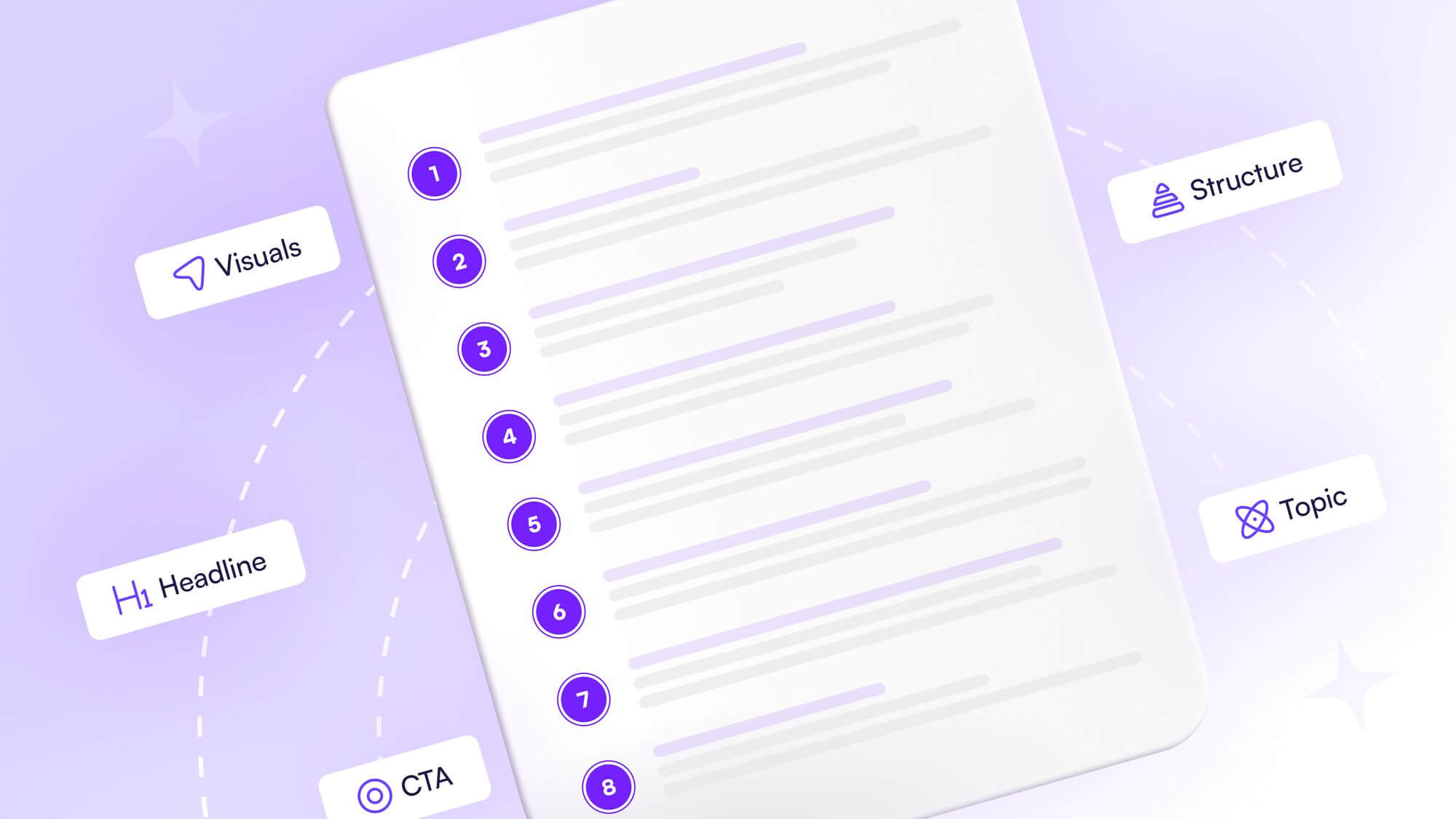
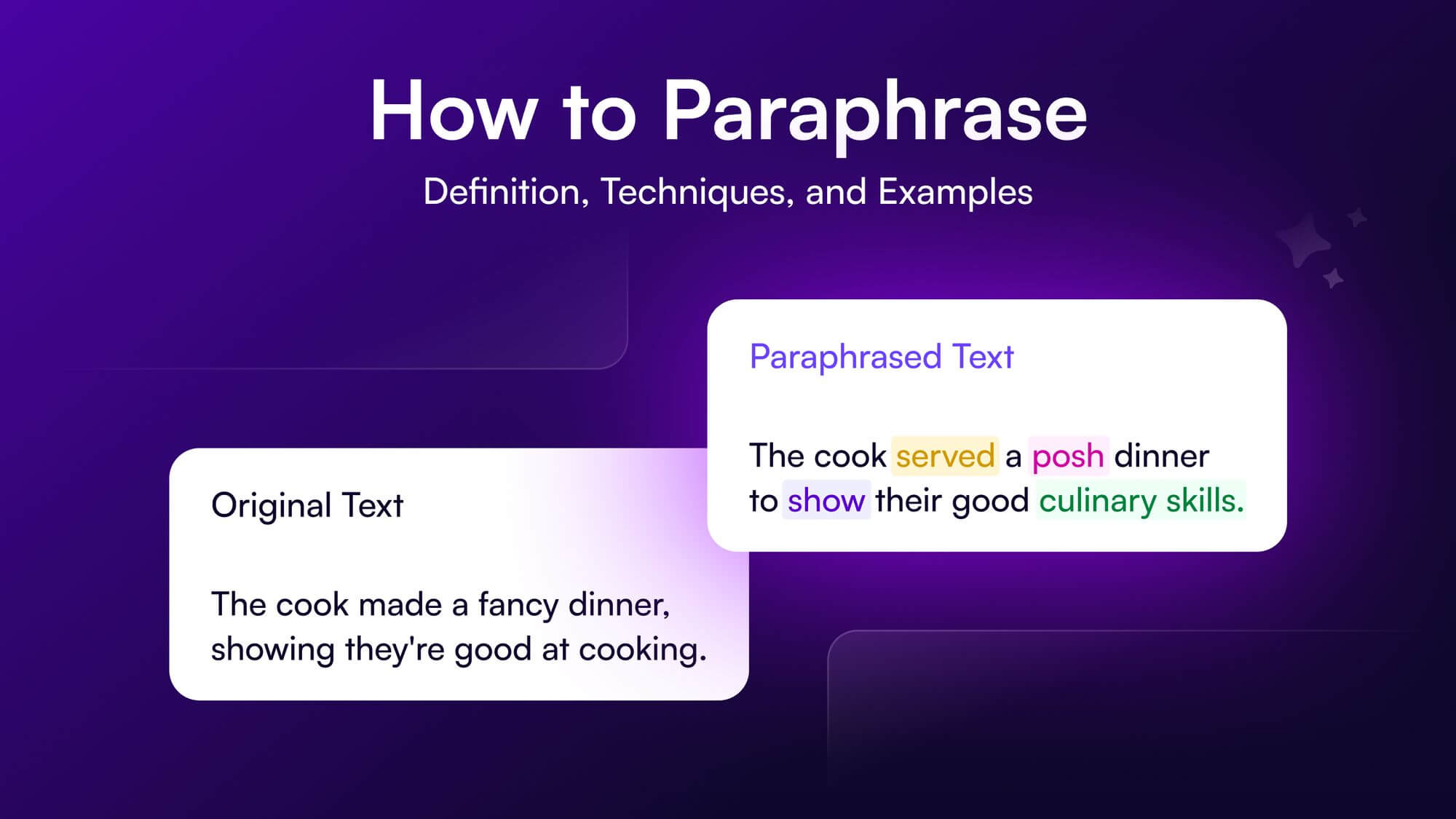

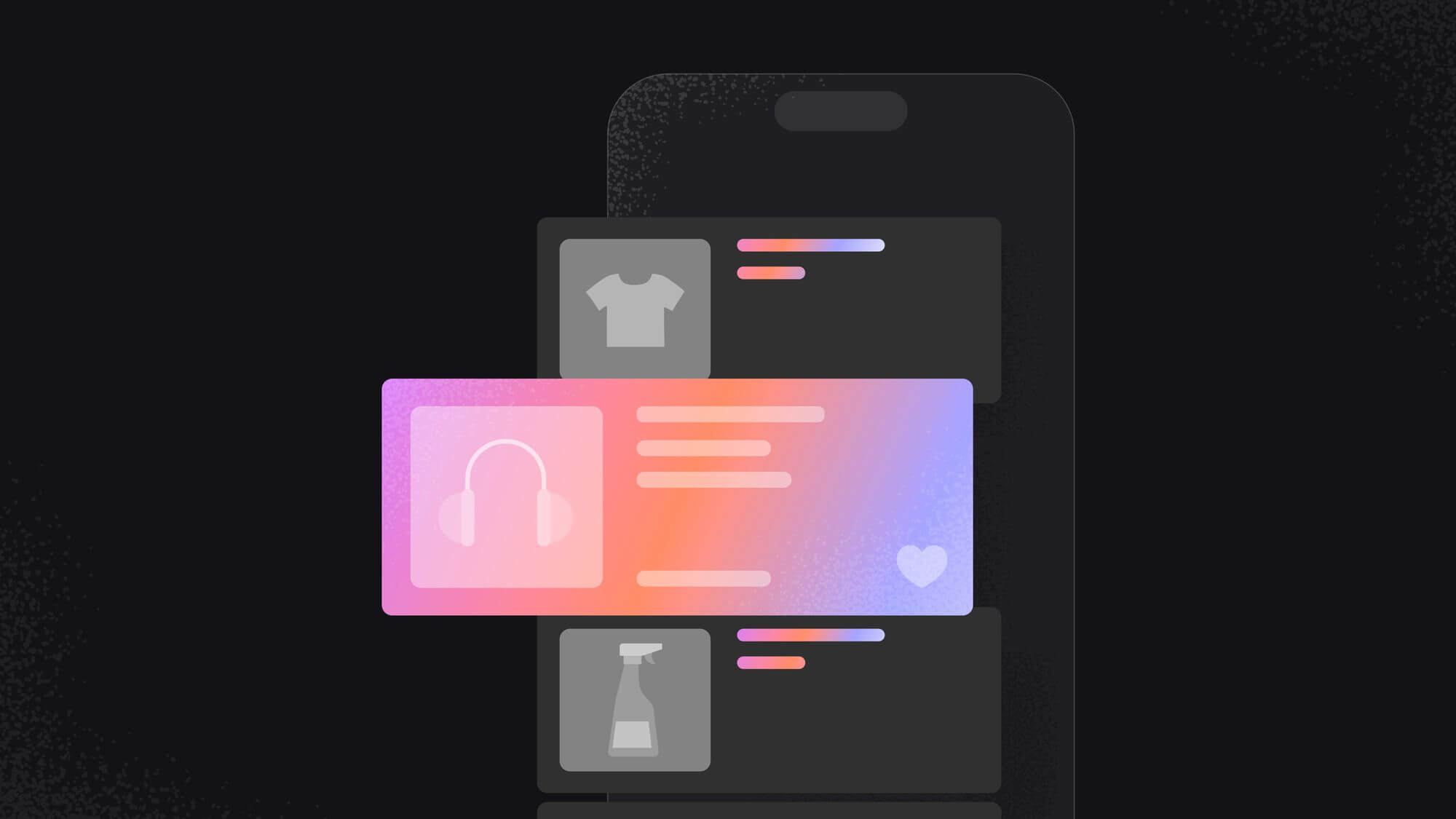
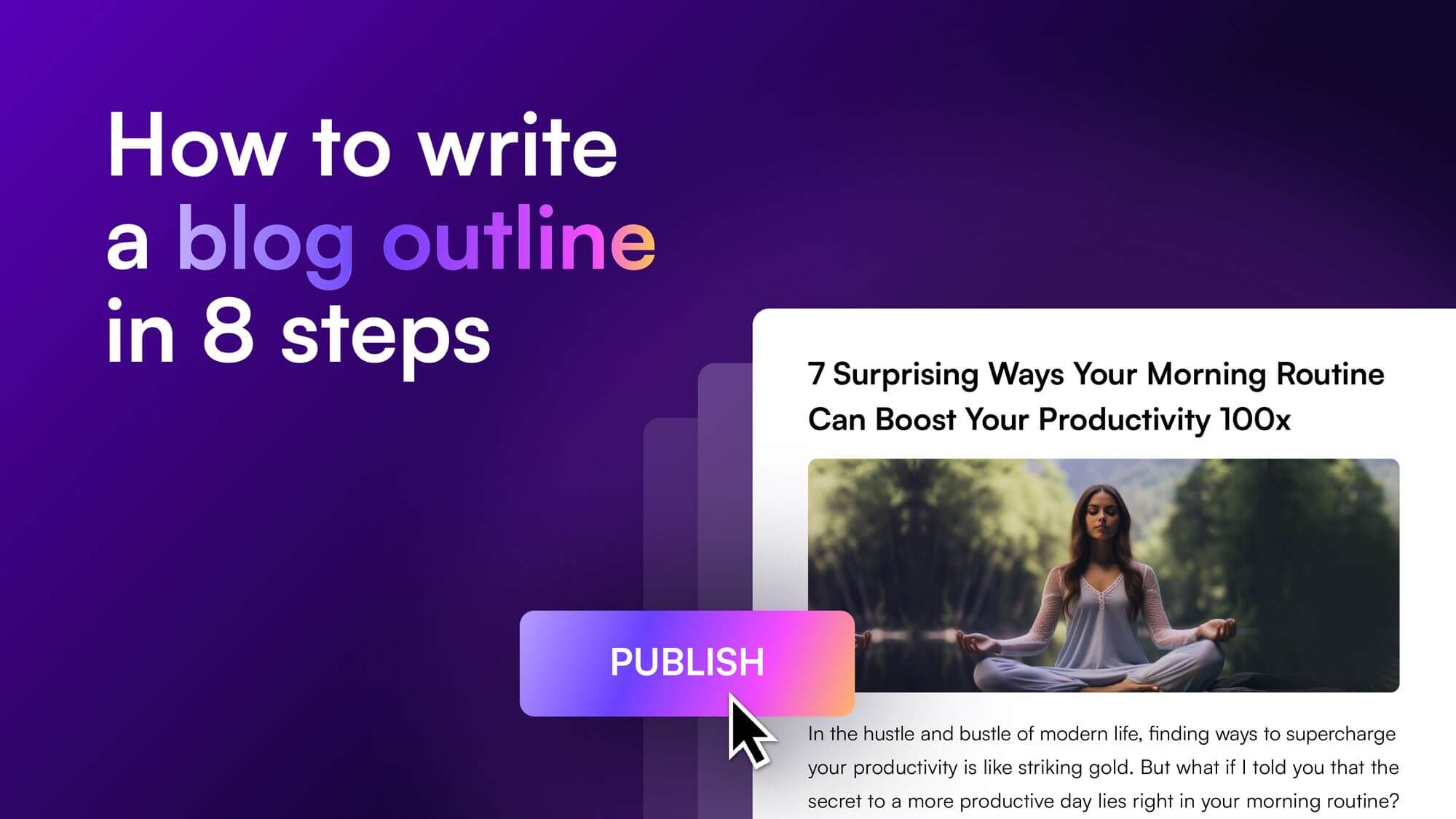

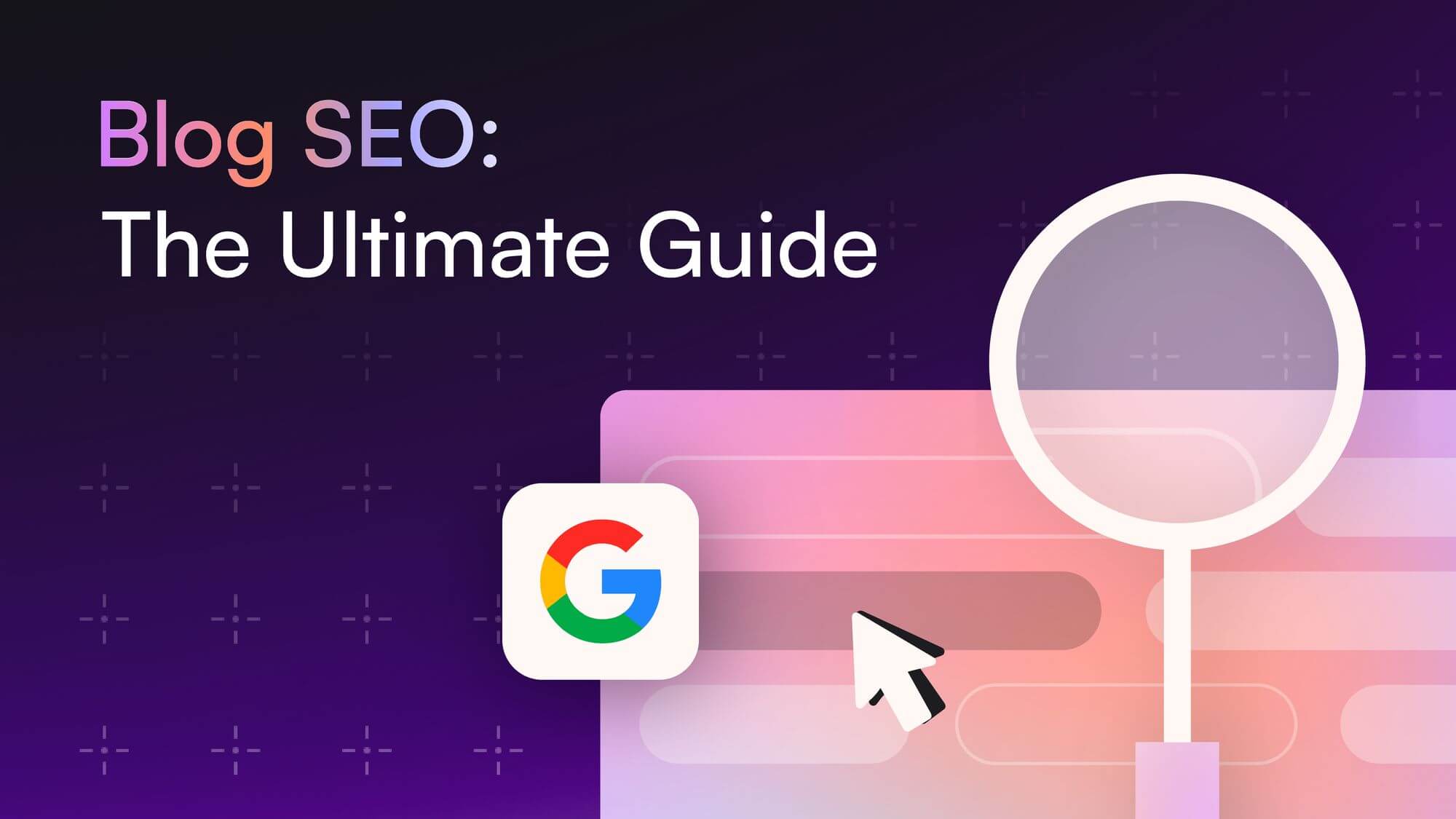

![How to Write a Blog in 2025: A Step-by-Step Guide [+Free Checklist]](/wp-content/uploads/How-to-write-a-blog-Thumbnail.jpg)


